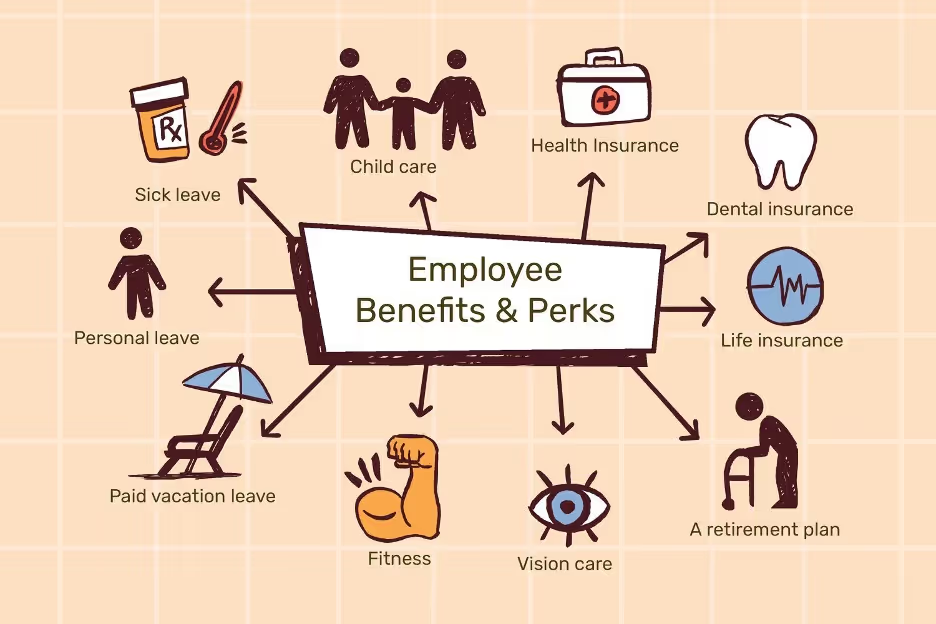How to Design a Sales Incentive Structure in 2025?

This benefits both the employer and the employee as it motivates them to keep working hard and complete their quotas. The company benefits by retaining dedicated and happy employees. Sales incentives can encourage all employees, including sales representatives and managers.
The reward should be appropriate for each individual based on their performance level. It should also be meaningful enough to encourage them to continue performing at a high level.

Types of Sales Incentives
● Monetary Incentives: These are the most commonly used types of incentives to encourage and motivate sales representatives. Money is a very efficient motivator, and an employer can use this through a commission structure, cash bonuses, or allocating quotas.
● Non-monetary Incentives: Non-monetary incentives are much more affordable than monetary incentives as the latter can get expensive. Looking at the brighter side, these incentives have been proven to be more successful than monetary incentives as they come from more memorable experiences.
Non-monetary incentives involve but aren’t limited to prizes that align with the representative’s interests, themed lunches, gift vouchers, free flight tickets, or even fully paid vacation packages.
Companies offering travel rewards often integrate flight tracking API to help employees manage their trips more effectively.
How to Design a Sales Incentive Structure?
1. Set a Goal
What do you want to accomplish? Do you want to increase sales? Do you want to decrease costs? The first step is setting your goal; then, it's time to think about how that goal should be achieved.
2. Eligibility
Once you've determined what results will help you achieve your goal, start thinking about the eligibility criteria for that particular goal. Ask questions like, who should be eligible for this scheme? What are the requirements for eligibility?
3. Performance Cutoff
You need to decide what outcome from the sales representatives will merit incentive pay. Remember that various people indirectly support sales processes, so include them in the list. Take your time designing and crafting performance metrics, as it will impact the overall structure.
4. Decide on The Type of Incentive
After you’ve outlined the performance matrix, brainstorm whether you want to provide a monetary or non-monetary incentive to your representatives. This decision will be in the hand of the finance team, as they’ll have to give the go-ahead before you can proceed with either of the two.
5. Payout Frequency
After you’ve decided what, who, and how you’ll provide the incentives, you have to determine how often these payouts will be issued. They can either be bi-weekly, monthly, or after achieving set yearly quotas.
Conclusion
To summarize, sales incentive structure systems come in all shapes and sizes, but they're only right for some. It's a good idea to shop around and find one that matches your industry, business goals, and employee demographics.
Then create a system that motivates your employees and encourages them to focus on the bigger picture of your business.
Find out how Compport can help you manage all your Sales Incentive process, book a demo today!
%2520(6)%2520(2).avif)


%20(49).png)
%20(48).png)
%20(47).avif)
